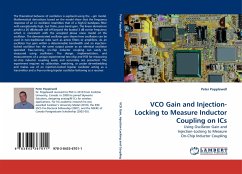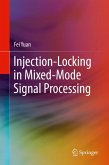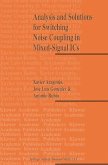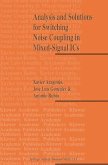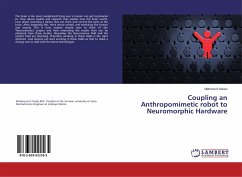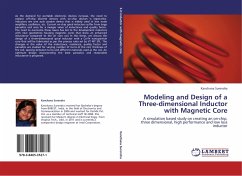The theoretical behavior of oscillators is explored using the -gm model. Mathematical derivations based on the model show that the frequency response of an LC oscillator resembles that of a high-Q bandpass filter with exceptionally high, but finite, pass-band gain. The linear derivations predict a 20 dB/decade roll-off beyond the loaded 3 dB corner frequency which is consistent with the accepted phase noise model of the oscillator. The demonstrated oscillator gain shows how oscillators can be used in non-traditional roles such as active filters or amplifiers. As an oscillator has gain within a determinable bandwidth and an injection-locked oscillator has the same output power as an identical oscillator operated free-running, on-chip inductor coupling can easily be measured using oscillators. The design, implementation, and measurements of a unique experimental test chip and PCB for measuring on-chip inductor coupling easily and accurately are presented. The experiment requires nocalibration, matching, or probe de-embedding and makes use of an injection-locked bipolar oscillator acting as a transmitter and a free-running bipolar oscillator behaving as a receiver.
Bitte wählen Sie Ihr Anliegen aus.
Rechnungen
Retourenschein anfordern
Bestellstatus
Storno

